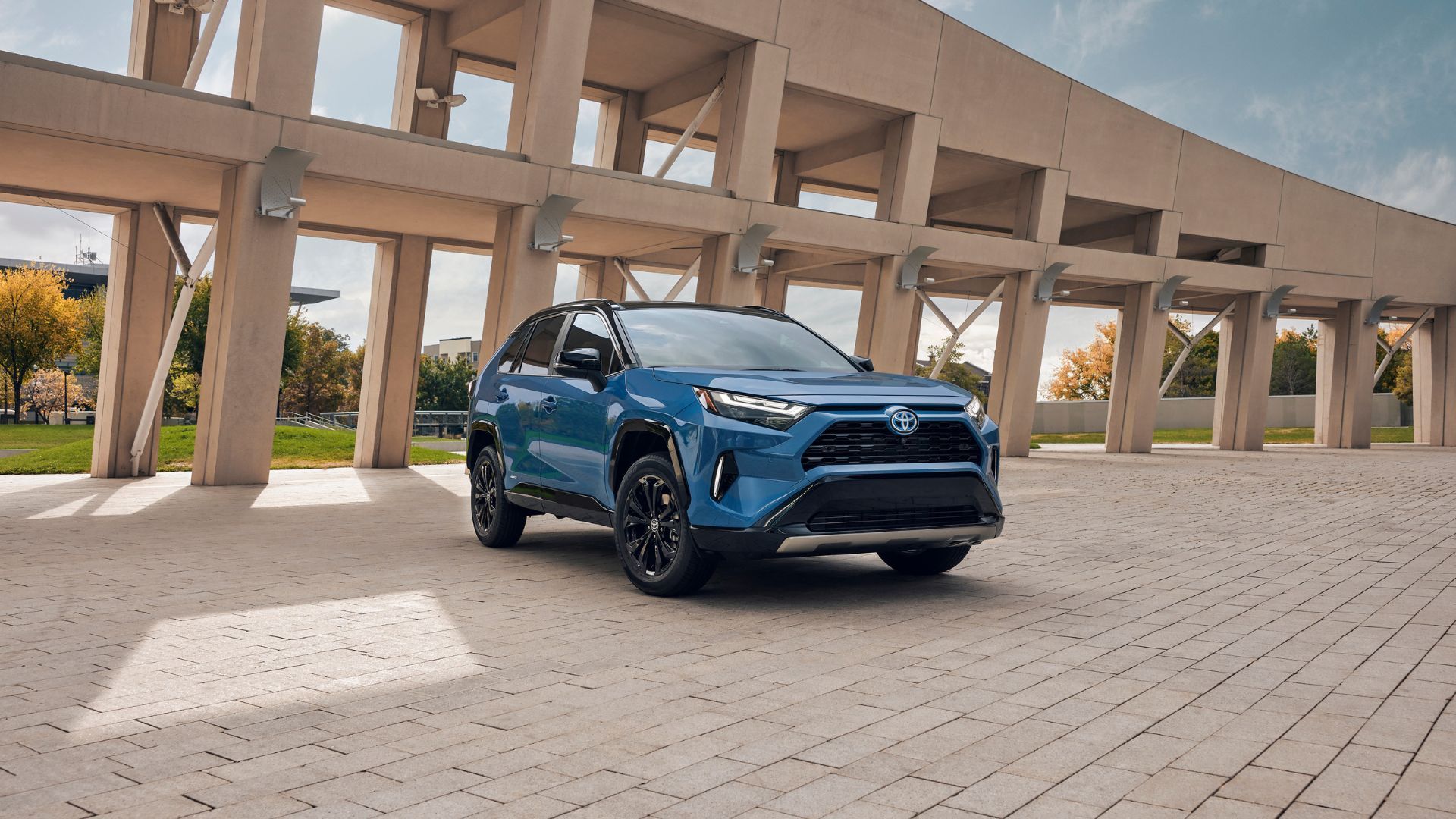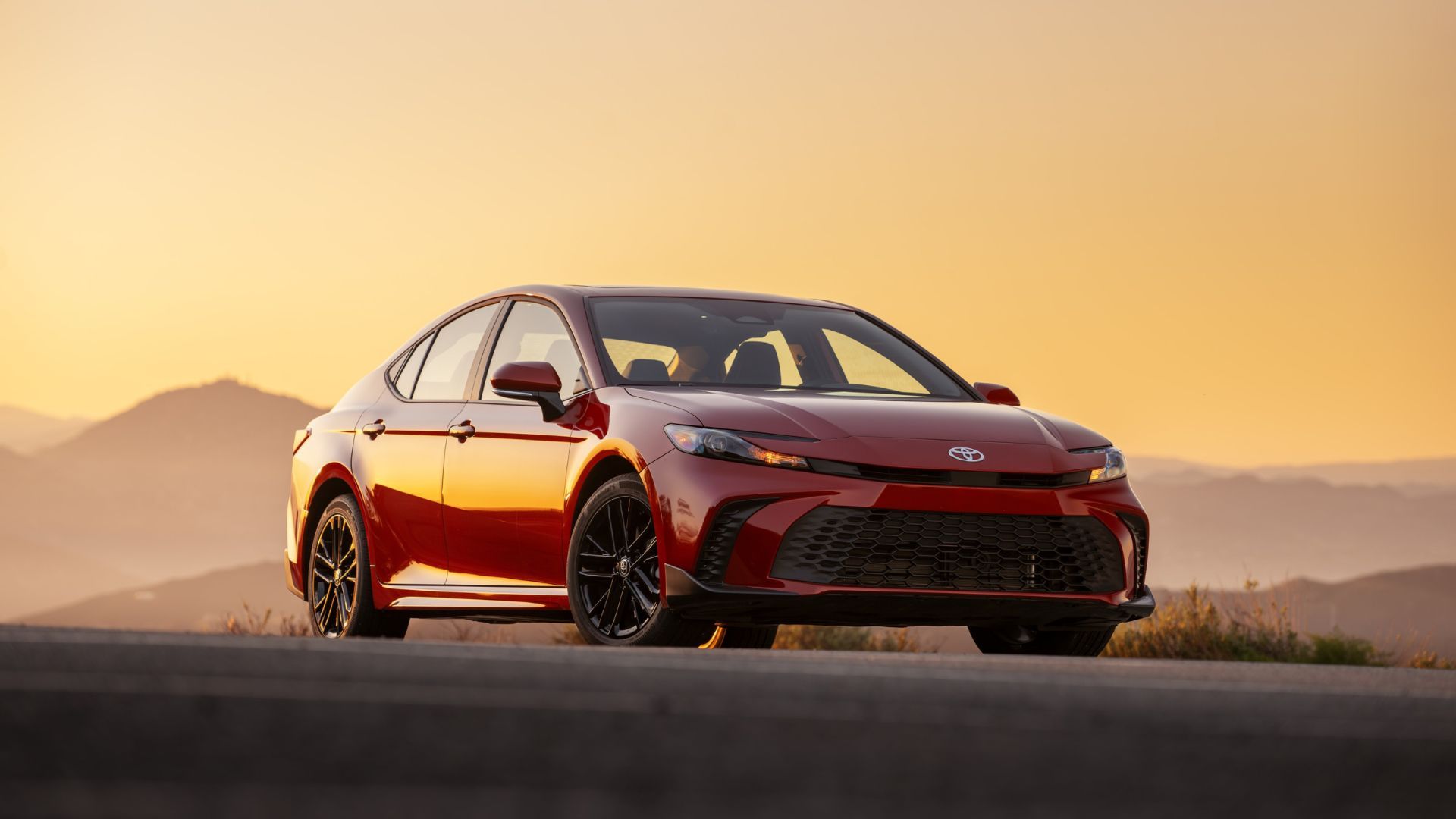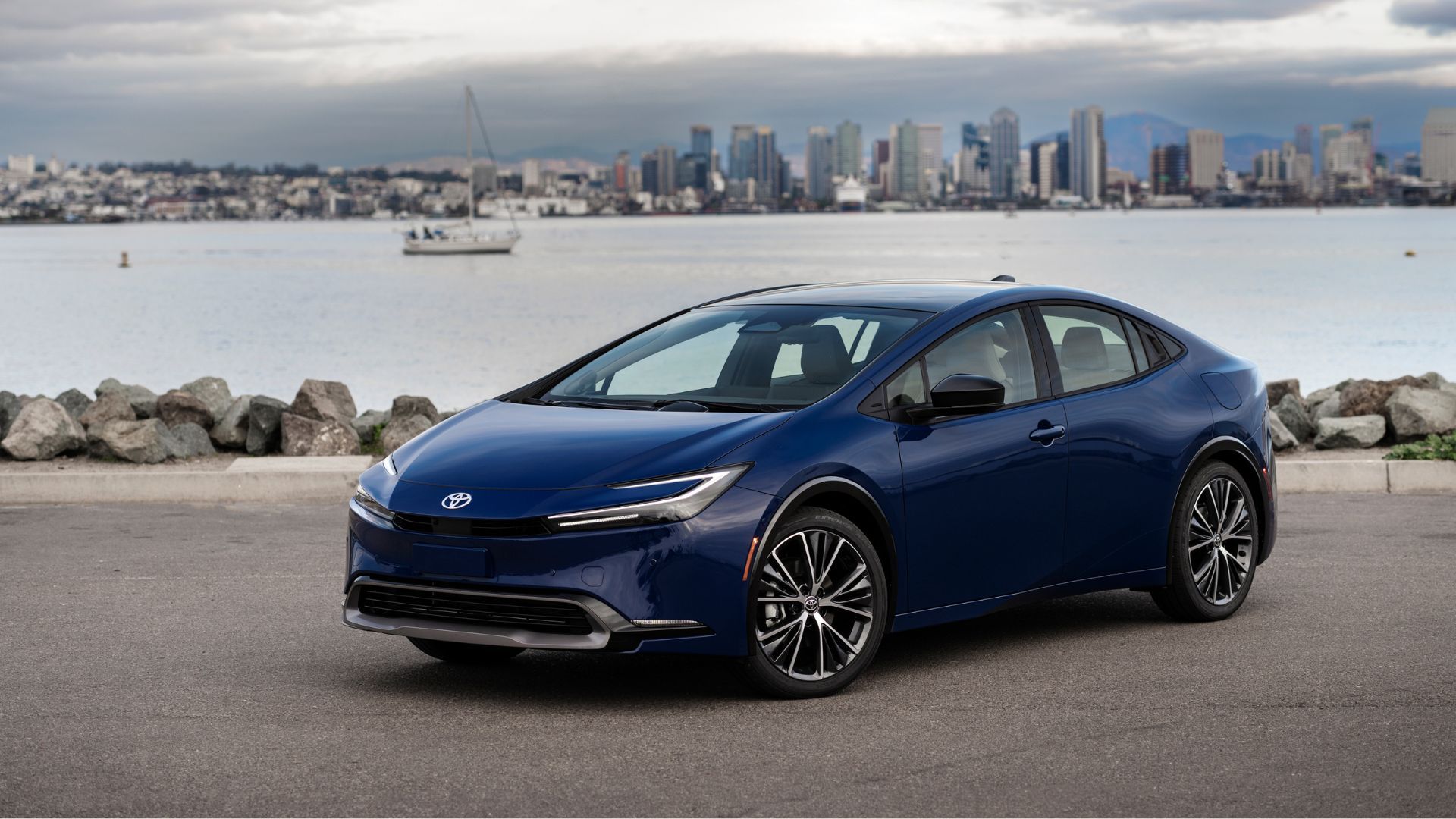Toyota has reason to feel proud of its hybrid-focused lineup as demand for gas-electric vehicles is surging globally. Cars like the Prius, RAV4 Plug-In, and Camry have proven the value of the company’s strategy.
While Toyota initially hedged its bets on electric vehicles, the increased demand for hybrids has presented a new challenge. The automaker and its suppliers are struggling to build enough hybrids to meet the growing number of orders.
Hybrid-Specific Parts Are in Limited Supply
According to Reuters, one of Toyota’s biggest challenges is its limited capacity to produce hybrid-specific parts. Many components for its gas-electric vehicles are made in Japan and shipped globally, but some suppliers are struggling to secure the raw materials needed for production.
Aisin, a major Toyota contractor, has faced difficulties producing rotors and stators for hybrid motors due to a global shortage of magnets. Additionally, Denso is experiencing challenges in supplying Toyota with the voltage inverters required for its hybrid vehicles.
Toyota has several strategies in place to address the growing global demand for hybrids. In the US, the company is set to start building hybrid components in North Carolina, where a $14 billion battery plant will begin operations later this year.
Additionally, Toyota is exploring the possibility of sourcing parts from new suppliers in local markets to reduce pressure on current contractors like Denso and Aisin. For instance, India’s rapidly expanding hybrid market could make it a prime location for manufacturing certain components for regional use.
Which Toyota Hybrids Are Most In-Demand?
The Toyota Camry, which will only be available with a hybrid powertrain starting with the 2025 model year, has gained significant popularity in the US. One unnamed West Coast dealer told Reuters that they rarely have more than a few on the lot at a time.
The original Toyota hybrid is in even shorter supply, with Prius hatchbacks completely sold out at the same dealership. The redesigned 2023 Prius has seen a sales resurgence, reversing a long decline as consumers shifted toward Toyota’s hybrid crossovers, with 44,711 units sold in 2024—a 16.7 percent increase from the previous year and a 20.6 percent improvement over 2022.
In 2024, all of Toyota’s gas-electric models saw increased sales compared to 2023, except for the Highlander Hybrid. Among the biggest winners was the Prius Prime, now rebranded as the Prius Plug-In Hybrid, which experienced a 66 percent sales boost.
The Camry Hybrid also saw a significant jump, with sales rising from 35,000 in 2023 to 205,000 in 2024. Additionally, the Grand Highlander Hybrid gained popularity, more than doubling its sales in 2024, which helped offset the smaller Highlander Hybrid’s 50 percent sales decline.
In addition to strong sales in North America, Toyota is seeing rising demand in Europe, particularly for the RAV4 Plug-in Hybrid (formerly known as the Prime) and the compact Yaris Cross hybrid. These models have become popular choices among European consumers.
In Toyota’s home market of Japan, hybrid buyers face long wait times, with some models taking up to five months to arrive. In India, the wait for certain hybrid models can extend to as long as nine months.
Source: Reuters







